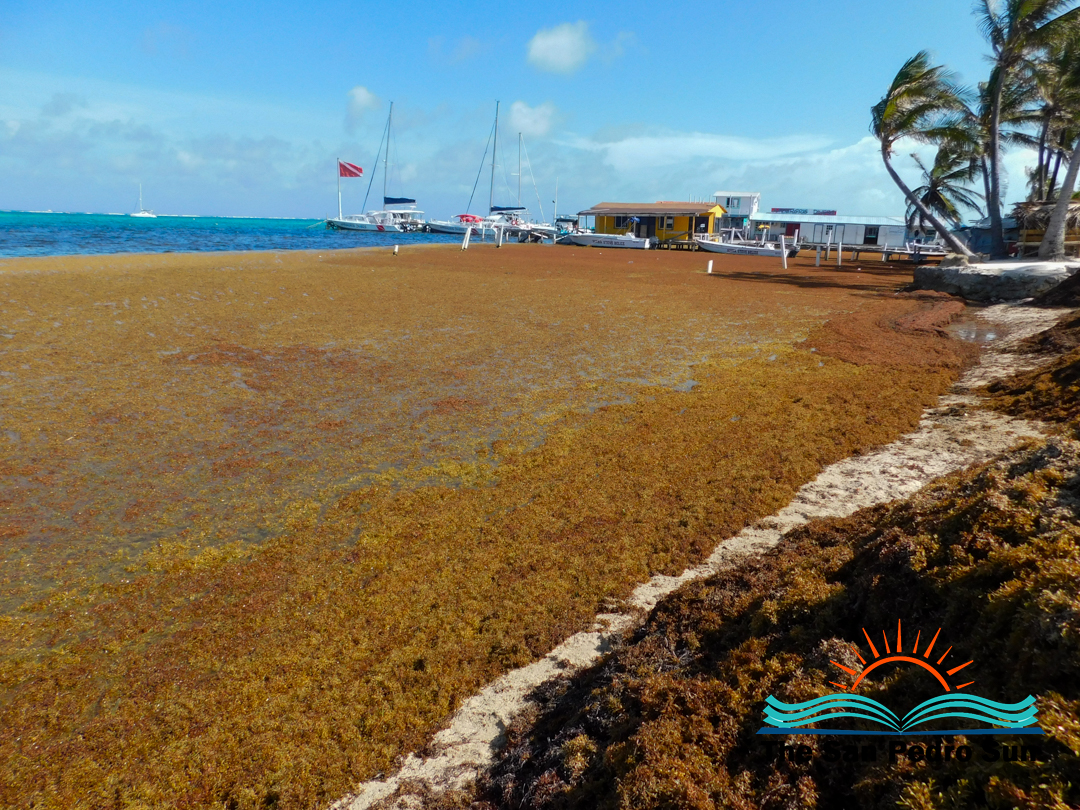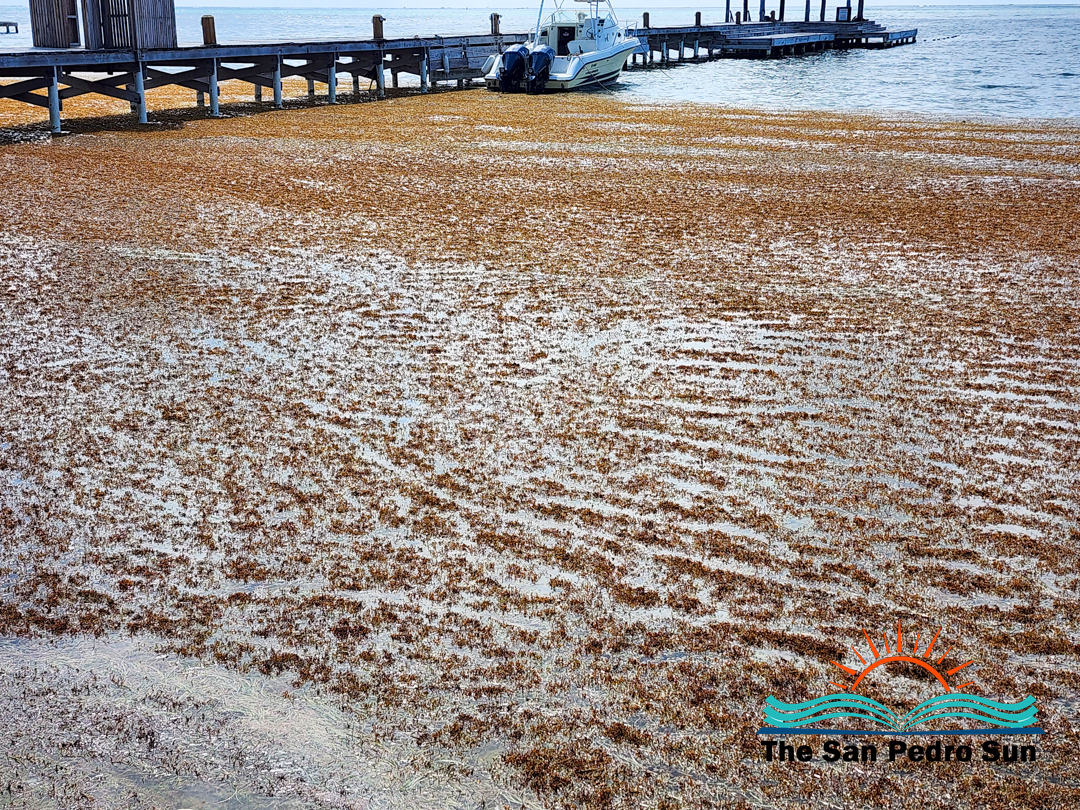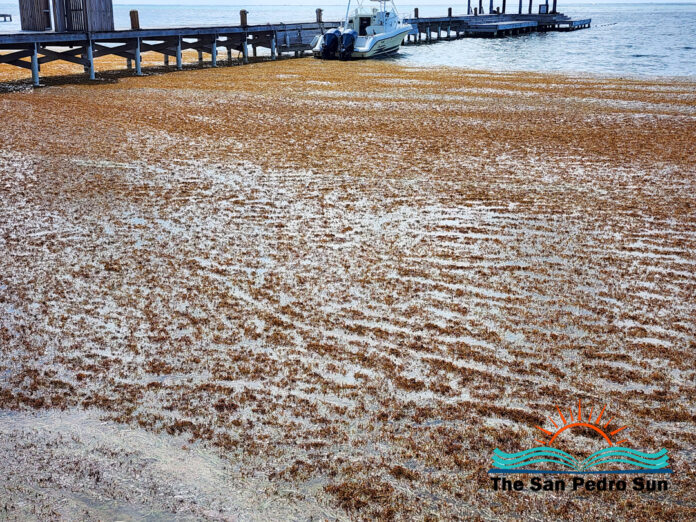For the last few months, the surge of sargassum along Belize’s coast has triggered mounting health concerns, especially in San Pedro Town. Beaches once drew crowds, but they now face a relentless assault from brown, decomposing mats of seaweed, posing not only environmental and economic threats but an escalating risk to public health.
As sargassum accumulates and breaks down on the sand, it releases hydrogen sulfide (H₂S), a colorless, toxic gas with a distinctly rotten-egg odor. Decomposition begins roughly 48 hours after the seaweed washes ashore. For beachgoers, resort staff, and residents in San Pedro, breathing this gas, even at low concentrations, can irritate the eyes, nose, and throat, cause headaches, fatigue, insomnia, and, in some cases, severe respiratory distress. Health officials highlight that vulnerable groups, such as children, the elderly, pregnant women, and individuals with asthma or chronic lung disease, are at particular risk.
In an interview on July 12th with one of the health officers in San Pedro, he shared his view on the current issues. “Right now, it’s a very difficult thing to deal with. We are working with the Town Council because they are taking significant steps to combat the influx of sargassum around the island. I can see what they are trying to do, which are good initiatives. At this point, we are trying to make sure the public is informed. Last week, we had a short meeting with the Town Council and the Department of the Environment. The primary concern is to remove the sargassum from the beaches. They are trying to get some new attachments for the harvesters to be able to work more efficiently.”
He continued, sharing that there have been a few cases of individuals who have visited the Polyclinic complaining about eye irritations.
While acute symptoms, such as burning eyes, skin irritation, and coughing, are most commonly reported, the long-term consequences of repeated, low-level exposure are a growing focus for Caribbean health experts. Chronic inhalation of hydrogen sulfide has been linked to ongoing respiratory irritation and inflammation, increased risk of developing or worsening asthma, potential sleep disturbances including sleep apnea, and neurological symptoms such as headaches, fatigue, memory issues, and, in rare cases, confusion or vertigo.
The presence of ammonia from rotting sargassum may further irritate the upper airways, compounding respiratory complaints, especially during periods of high heat and humidity. Skin contact with the seaweed, or the tiny organisms living in it, can also lead to rashes or blisters, further discouraging both locals and visitors from enjoying San Pedro’s coast.
Even jewelry is affected by the fumes from the sargassum. One jeweler stated that he has been receiving silver and now even gold jewelry more frequently for cleaning because of the sargassum.
Despite efforts by local authorities to remove and repurpose the seaweed, the volume, speed, and ongoing arrival of sargassum are overwhelming clean-up crews. With international climate patterns suggesting that blooms may intensify, sustained vigilance and medical monitoring are becoming crucial for island communities, leaving health, the economy, and daily life all hanging in the air.

Share
Read more

